Home>Garden Essentials>What Are The Alternatives To Astro Turf?
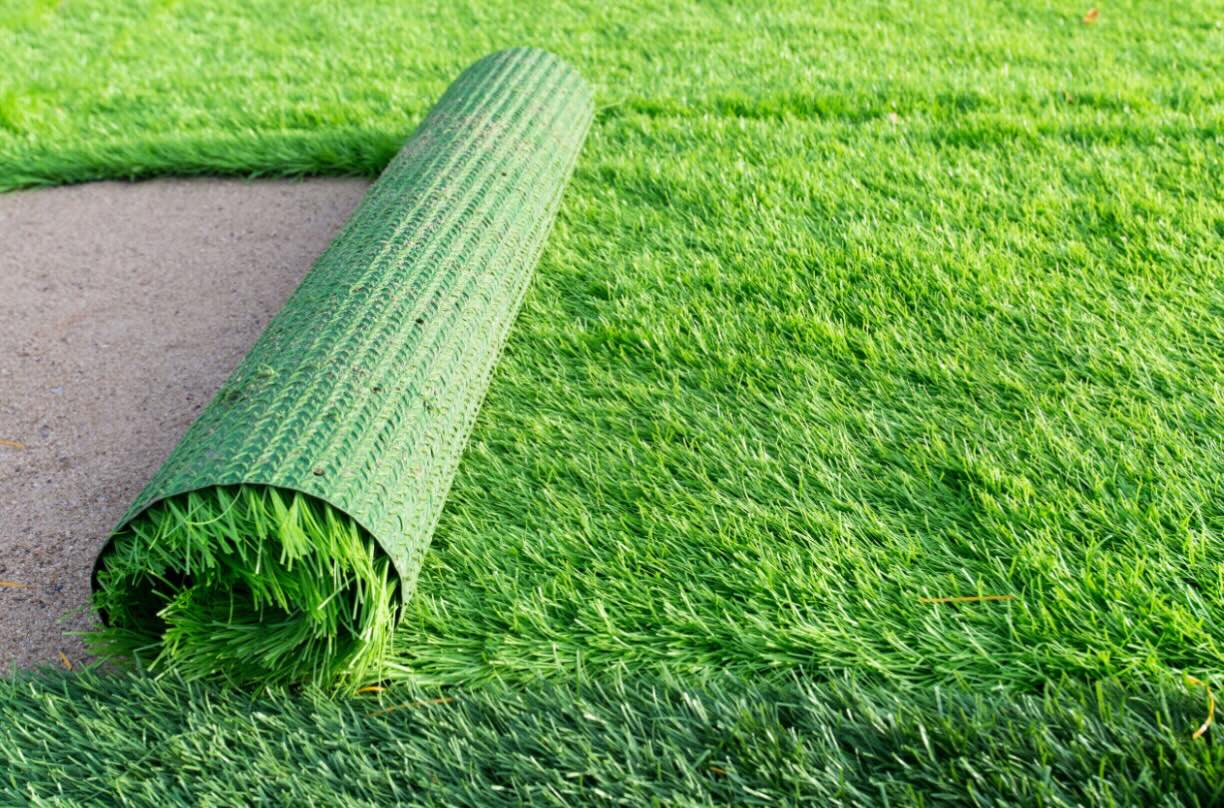

Garden Essentials
What Are The Alternatives To Astro Turf?
Modified: March 27, 2024
Discover the perfect alternative for your garden with our in-depth guide on what we're using instead of astro turf. Explore sustainable and eco-friendly options to enhance your outdoor space.
(Many of the links in this article redirect to a specific reviewed product. Your purchase of these products through affiliate links helps to generate commission for Storables.com, at no extra cost. Learn more)
Introduction
When it comes to creating and maintaining a beautiful garden or lawn, one of the key decisions is choosing the type of turf to use. Traditionally, Astro Turf, a brand of artificial grass, was a popular choice due to its durability and low maintenance. However, in recent years, there has been a shift towards more eco-friendly and sustainable alternatives.
In this article, we will explore the various options that are being used instead of Astro Turf. From natural grass to hybrid grass, and from rubber infill to organic infill, there are now a wide range of choices available to suit different needs and preferences.
It’s important to note that each alternative has its own unique benefits and considerations, so it’s essential to evaluate them carefully before making a decision. Let’s delve into the world of turf alternatives and find out what’s being used in gardens and lawns today.
Key Takeaways:
- Natural grass offers a lush and inviting garden, but requires regular maintenance and watering. It provides a vibrant outdoor space and helps prevent soil erosion and runoff.
- Hybrid grass combines the best of natural and synthetic materials, offering low maintenance and durability. It’s popular for sports fields and high-traffic areas, providing a resilient and visually appealing option.
Read more: What Is An Astro Turf
Natural Grass
Natural grass has long been a popular choice for garden and lawn enthusiasts, and for good reason. It offers a lush and vibrant green appearance, giving a natural and inviting feel to the outdoor space. The softness and texture of natural grass also make it enjoyable to walk and play on.
One of the biggest advantages of natural grass is its ability to absorb and filter rainwater, helping to prevent soil erosion and runoff. It also acts as a natural cooling system, reducing the heat island effect and creating a more comfortable environment during hot summer months.
Maintaining natural grass does require regular care and attention, including watering, mowing, fertilizing, and weed control. However, for many garden enthusiasts, the satisfaction of nurturing and maintaining a healthy lawn outweighs the extra effort. Additionally, advancements in grass varieties and lawn care techniques have made it easier to achieve a beautiful and thriving grassy landscape.
When choosing natural grass for your garden or lawn, it’s important to consider factors such as climate suitability, sun exposure, and soil conditions. Consulting with a local horticulturist or turf specialist can help you select the most suitable grass species for your specific location and requirements.
Some popular grass varieties used in gardens include Bermuda grass, Kentucky bluegrass, perennial ryegrass, and fescue grass. Each variety has its own unique characteristics and growth habits, so it’s essential to choose the right one based on your desired appearance and maintenance level.
Overall, natural grass remains a timeless and versatile option for those seeking a picturesque and environmentally-friendly garden or lawn. With proper care and attention, it can provide a beautiful and inviting outdoor space for years to come.
Hybrid Grass
Hybrid grass is a relatively newer option that combines the benefits of natural grass with the durability and resilience of artificial grass. This innovative solution has gained popularity among gardeners and sports field managers alike, thanks to its ability to withstand heavy foot traffic and recover quickly from wear and tear.
Hybrid grass is created by combining natural grass with synthetic fibers, typically polypropylene or polyethylene. The synthetic fibers are woven into the natural grass, providing added strength and stability. This results in a turf that has the natural look and feel of grass but with improved resistance to drought, disease, and extreme weather conditions.
One of the key advantages of hybrid grass is its ability to establish and maintain a dense and healthy root system. The synthetic fibers provide anchorage and support to the natural grass, allowing it to develop strong roots that penetrate deep into the soil. This helps to improve the overall health and longevity of the turf.
In addition, hybrid grass requires less watering and maintenance compared to traditional natural grass. The synthetic fibers help to retain moisture and reduce water evaporation, making it more efficient in water usage. This is especially beneficial in areas with limited water resources or in regions prone to drought.
Hybrid grass is also highly adaptable and can be customized to meet specific needs and requirements. It can be designed to have a certain grass species or color, allowing for a more tailored aesthetic. Furthermore, the synthetic fibers can be adjusted in density, providing flexibility in terms of foot traffic tolerance and playability.
Hybrid grass is commonly used in sports fields, especially for high-impact sports such as football and rugby. Its durability and ability to recover quickly make it an ideal choice for intense athletic activities. Additionally, it is becoming more popular in residential gardens and commercial landscapes due to its low maintenance nature and aesthetic appeal.
While hybrid grass can be a more expensive option upfront compared to natural grass, its long-term benefits, including reduced maintenance and water usage, often justify the initial investment. It offers the best of both worlds, combining the natural beauty of grass with the resilience and durability of synthetic materials.
Artificial Grass
Artificial grass, also known as synthetic turf or fake grass, has gained significant popularity as an alternative to natural grass in gardens and lawns. Made from synthetic materials such as polyethylene or polypropylene, artificial grass offers a range of benefits that make it an attractive option for those seeking a low-maintenance and visually appealing outdoor space.
One of the most significant advantages of artificial grass is its low maintenance requirements. Unlike natural grass, which requires regular watering, mowing, and fertilizing, artificial grass stays green and pristine year-round with minimal effort. This makes it an excellent choice for those with busy lifestyles or for areas where water conservation is a concern.
Furthermore, artificial grass is highly durable and can withstand heavy foot traffic, making it an ideal option for areas with children or pets. It does not easily wear down or develop bald patches, ensuring a consistently lush and attractive appearance. It also eliminates the need for chemical pesticides or herbicides, reducing the environmental impact associated with traditional lawn care.
Another advantage of artificial grass is its ability to withstand extreme weather conditions. It does not fade or discolor under the scorching sun, nor does it become damaged by heavy rain or snow. This makes it suitable for a wide range of climates, from hot and dry regions to cold and wet areas.
Artificial grass is available in various shades of green and different pile heights, allowing for customization to suit individual preferences. It can also be combined with other landscape features, such as paving stones or flower beds, to create visually appealing and unique outdoor spaces.
However, it’s important to consider a few drawbacks associated with artificial grass. Firstly, it can contribute to the heat island effect, as synthetic materials absorb and retain heat from the sun. This can cause higher temperatures in urban areas where artificial grass is prevalent. Secondly, artificial grass does not provide the same environmental benefits as natural grass, such as air and water purification, carbon sequestration, and habitat creation for insects and wildlife.
Overall, artificial grass offers a practical and low-maintenance solution for those seeking a green and vibrant outdoor space without the extensive upkeep required by natural grass. It can be particularly beneficial for areas with challenging growing conditions or where water conservation is a priority.
Rubber Infill
Rubber infill, also known as crumb rubber, is a popular choice for infilling artificial grass installations. It is made from recycled rubber tires that have been granulated and processed into small rubber particles. Rubber infill provides several benefits that make it an attractive option for enhancing the performance and durability of artificial grass.
One of the key advantages of rubber infill is its shock-absorption properties. When used in sports fields or playgrounds, it helps to cushion falls and reduce the risk of injuries. The elasticity of the rubber particles provides a soft and forgiving surface, making it ideal for activities that involve running, jumping, and sliding.
In addition, rubber infill improves the resilience and durability of the artificial grass. It helps the grass blades stand upright, maintaining a more natural appearance and reducing the likelihood of matting or flattening. This ensures that the overall aesthetic of the artificial grass remains intact for a longer period, even with heavy use.
Rubber infill also enhances the playability of sports fields. It provides better traction, allowing athletes to make quick cuts and movements without the risk of slipping. The impact absorption properties of rubber infill help to reduce joint stress and fatigue, resulting in a safer and more comfortable playing surface.
Furthermore, rubber infill is a sustainable choice as it helps to recycle and repurpose waste rubber tires. By using rubber infill, you contribute to reducing the amount of rubber waste that ends up in landfills, promoting a more environmentally friendly approach to landscaping and sports field construction.
However, it’s essential to consider the potential drawbacks associated with rubber infill. The heat absorption properties of rubber can make artificial grass surfaces hotter, especially in warmer climates. This increased surface temperature may not be desirable when used in areas with high temperatures or in direct sunlight.
There have also been concerns about the potential release of chemicals from rubber infill, particularly when it comes to sports fields and playgrounds. While studies have indicated that the levels of chemicals released are minimal and within acceptable limits, it’s important to ensure proper installation and maintenance to minimize any potential risks.
Overall, rubber infill offers an effective solution for enhancing the performance, durability, and safety of artificial grass installations. It provides a cushioning effect, improves playability, and contributes to sustainable waste management. However, it’s important to carefully consider the specific requirements and concerns of your project before choosing rubber infill as an option.
Consider using natural grass or synthetic grass as alternatives to astro turf. Natural grass provides a more authentic playing surface, while synthetic grass requires less maintenance and water. Both options are more environmentally friendly than astro turf.
Read more: What Is Astro Turf Made Of
Organic Infill
Organic infill has emerged as a natural and eco-friendly alternative to traditional infill materials for artificial grass installations. Made from natural and biodegradable substances, such as cork, coconut fibers, or a combination of organic materials, organic infill offers several benefits that appeal to those seeking a more sustainable and environmentally conscious choice.
One of the primary advantages of organic infill is its ability to provide natural drainage and moisture retention. Organic materials, such as cork or coconut fibers, have excellent water-absorbing properties. This helps to prevent the buildup of water on the surface of the artificial grass, promoting healthier root growth and reducing the risk of fungal diseases.
Furthermore, organic infill helps to regulate temperature by retaining moisture. This can lead to a cooler surface compared to other infill materials, making it more comfortable to walk or play on during hot summer months. The natural insulating properties of organic infill also help to retain heat in colder climates, promoting a more enjoyable experience.
Organic infill is also safe for both humans and pets. It does not contain harmful chemicals or toxins, ensuring a non-toxic and chemical-free environment. This is particularly important for areas where children or animals will come into close contact with the artificial grass surface.
Additionally, organic infill is biodegradable and environmentally friendly. Over time, the organic materials break down naturally, returning to the soil and contributing to the organic matter content. This promotes soil health and fertility, allowing for a more sustainable and regenerative approach to landscaping.
When choosing organic infill, it’s important to consider the specific material and its properties. Cork infill, for example, offers excellent water absorption and retention, while coconut fiber infill provides durability and resilience. Consulting with a turf specialist or supplier can help you determine the most suitable organic infill option for your specific needs.
While organic infill offers numerous benefits, it’s important to note that it may require more frequent top-ups compared to other infill materials. Organic materials break down over time, so periodic replenishment may be necessary to maintain the desired performance and appearance of the artificial grass surface.
Overall, organic infill provides a natural and sustainable option for enhancing the performance and environmental friendliness of artificial grass installations. By choosing organic infill, you can create a more eco-friendly and healthier outdoor space while enjoying the benefits of artificial grass.
Cork Infill
Cork infill has gained popularity as a natural and environmentally-friendly option for infilling artificial grass installations. Made from the bark of cork oak trees, cork infill offers several unique benefits that make it an attractive choice for those seeking a sustainable and high-performance solution.
One of the primary advantages of cork infill is its exceptional water absorption and retention properties. The cellular structure of cork allows it to absorb and hold water, preventing surface runoff and promoting deep watering of the artificial grass roots. This helps to maintain proper irrigation and ensure the health and vitality of the grass.
Cork infill also provides excellent thermal insulation, making it ideal for areas with extreme temperatures. It helps to regulate the surface temperature of the artificial grass, reducing heat buildup during hot summer months and retaining warmth during colder seasons. This can create a more comfortable playing or walking surface, even in challenging weather conditions.
Furthermore, cork infill offers natural shock absorption and cushioning, making it a safe and comfortable choice for sports fields and playgrounds. It helps to reduce the risk of impact-related injuries by providing a soft and forgiving surface that absorbs the impact of falls or collisions. This makes it an excellent choice for areas where safety is a top priority.
Another advantage of cork infill is its sustainability. The extraction of cork does not harm the trees, as only the bark is harvested, allowing the trees to continue their growth and contribute to the environment. Cork oak forests also play a significant role in carbon sequestration, helping to mitigate climate change by absorbing and storing carbon dioxide.
In addition to its environmental benefits, cork infill is resistant to fungi, mold, and insect infestation. This reduces the risk of degradation or damage to the infill material, ensuring its longevity and performance over time. It also does not release harmful chemicals or toxins, creating a safe and healthy environment.
When using cork infill, it’s important to consider the proper installation techniques and consulting with experts in artificial grass installation. This will ensure that the cork infill is spread evenly and compacted correctly, enhancing its performance and ensuring optimal playing conditions.
Overall, cork infill offers a natural and sustainable alternative for infilling artificial grass. Its water absorption, thermal insulation, and shock absorption properties make it an excellent choice for sports fields, playgrounds, and other high-traffic areas. By choosing cork infill, you not only create a safe and enjoyable outdoor space but also contribute to environmental conservation and sustainability.
Synthetic Infill
Synthetic infill, also known as sand-rubber infill or coated sand, is a type of infill material used in artificial grass installations. It combines the benefits of both sand and rubber to provide improved performance and durability to the artificial grass surface.
One of the primary advantages of synthetic infill is its ability to enhance stability and resilience. The combination of sand and rubber particles creates a robust and supportive infill layer that helps to maintain the shape and integrity of the artificial grass. It prevents grass blades from flattening and provides a firm and stable surface for activities such as sports or heavy foot traffic.
Synthetic infill also offers excellent shock absorption properties, making it an ideal choice for sports fields and playgrounds. The rubber component helps to cushion falls and reduce the risk of impact-related injuries. This creates a safer environment for athletes or children engaging in vigorous activities on the artificial grass surface.
Furthermore, synthetic infill improves the playability and traction of the artificial grass. The sand component helps to create a consistent and even surface, allowing for smooth ball roll and predictable ball bounce. The rubber particles provide better traction, reducing the likelihood of slips or falls during sports games or recreational activities.
Another advantage of synthetic infill is its low maintenance requirements. Compared to natural grass, which often requires frequent watering, mowing, and fertilizing, synthetic infill simply requires occasional brushing or grooming to keep the grass blades upright and maintain optimal performance. This makes it an attractive choice for those seeking a low-maintenance alternative to natural grass.
When using synthetic infill, it’s essential to ensure proper installation and maintenance. The infill material should be evenly spread and compacted to achieve a consistent surface. Regular inspection and maintenance are also important to remove debris or contaminants that may accumulate over time.
It’s worth noting that synthetic infill may not offer the same cooling effect as natural grass or other natural infill alternatives. The synthetic materials can absorb and retain heat from the sun, potentially creating warmer surface temperatures in hot climates or during peak sunlight hours. This should be taken into consideration when selecting infill options for specific regions or applications.
Overall, synthetic infill provides a durable and high-performance option for enhancing the stability, safety, and playability of artificial grass surfaces. It offers ease of maintenance and exceptional shock absorption capabilities, making it a favored choice for sports fields, playgrounds, and other areas with heavy use. By using synthetic infill, you can create a reliable and long-lasting artificial grass installation that can withstand various weather conditions and intense activities.
Sand Infill
Sand infill is a commonly used infill material for artificial grass installations. It offers several benefits that make it a popular choice for creating a stable and functional surface. Sand infill consists of small particles of sand that are spread over the artificial grass surface to help support the grass blades and provide stability.
One of the primary advantages of sand infill is its ability to enhance the overall stability of the artificial grass. The small granules of sand fill the gaps between the blades of grass, preventing them from shifting or matting. This helps to maintain an even and consistent appearance, even with heavy use or foot traffic.
Sand infill also helps to improve traction and reduce slippage on the artificial grass surface. The granular texture of the sand provides better grip, making it safer for sports activities or other recreational uses. This ensures that athletes or individuals using the artificial grass surface can enjoy better performance and minimize the risk of accidents.
Furthermore, sand infill helps to regulate temperature and prevent overheating of the artificial grass. Sand has excellent drainage properties, allowing water to flow through and prevent the surface from becoming waterlogged. This helps to cool down the grass fibers and mitigate the heat island effect, creating a more comfortable surface to walk or play on, particularly in hot climates.
In addition, sand infill offers a more cost-effective solution compared to other infill materials. Sand is readily available and affordable, making it a budget-friendly option for artificial grass installations. It provides a good balance between functionality and cost-effectiveness, without compromising the performance of the surface.
When using sand infill, it’s important to consider the appropriate type and quality of sand. Silica sand is commonly used due to its compactness and stability. The sand particles should be evenly distributed and properly brushed into the artificial grass surface to achieve optimal performance and appearance.
It’s important to note that sand infill may require occasional maintenance to prevent compaction or settling. Regular brushing or grooming of the surface can help to redistribute the sand and maintain its efficacy in supporting the grass blades.
Overall, sand infill provides an effective and affordable solution for enhancing the stability, traction, and temperature control of artificial grass surfaces. It offers a durable and functional surface that can withstand heavy use and various weather conditions. By using sand infill, you can create a reliable and long-lasting artificial grass installation that meets your specific needs and preferences.
Read more: What Does Astro Turf Mean
Conclusion
Choosing the right turf for your garden or lawn is an important decision that can greatly impact the overall appearance, functionality, and maintenance requirements of your outdoor space. In recent years, there has been a shift towards more sustainable and eco-friendly alternatives to Astro Turf. From natural grass to hybrid grass, and from rubber infill to organic infill, there are now a wide range of choices available to suit different needs and preferences.
Natural grass remains a timeless option for those seeking a lush and inviting garden or lawn. With regular care and attention, natural grass can provide a beautiful and vibrant outdoor space that brings us closer to nature. However, it does require more maintenance and water compared to artificial alternatives.
Hybrid grass combines the benefits of natural grass with the resilience and durability of synthetic materials. It offers a low-maintenance option that can withstand heavy foot traffic and recover quickly from wear and tear. Hybrid grass is particularly popular in sports fields and high-traffic areas.
Artificial grass, on the other hand, provides a low-maintenance and visually appealing solution for those seeking a green outdoor space without the extensive upkeep required by natural grass. It stays green year-round and can withstand extreme weather conditions. However, it does not offer the same environmental benefits as natural grass.
When it comes to infill materials, rubber infill offers excellent shock absorption and resilience, making it suitable for sports fields and playgrounds. Organic infill, such as cork or coconut fibers, provides a natural and sustainable option with great water absorption and temperature regulation properties. Synthetic infill combines the benefits of sand and rubber, offering stability, traction, and low maintenance requirements. Sand infill provides stability and temperature regulation, making it a cost-effective option for artificial grass installations.
Ultimately, the choice of turf and infill material depends on various factors such as your desired aesthetic, practicality, budget, and environmental considerations. Consulting with turf specialists or horticulturists can help you make an informed decision based on your specific needs and preferences.
Regardless of the choice you make, it’s important to remember that any turf can enhance the beauty and functionality of your outdoor space. Whether you opt for natural grass, hybrid grass, or artificial grass, the key is to create a garden or lawn that brings joy and relaxation to your life while aligning with your values of sustainability and eco-friendliness.
So go ahead, explore the options, and create a garden or lawn that reflects your personal style and contributes to a healthier and more sustainable environment.
Frequently Asked Questions about What Are The Alternatives To Astro Turf?
Was this page helpful?
At Storables.com, we guarantee accurate and reliable information. Our content, validated by Expert Board Contributors, is crafted following stringent Editorial Policies. We're committed to providing you with well-researched, expert-backed insights for all your informational needs.
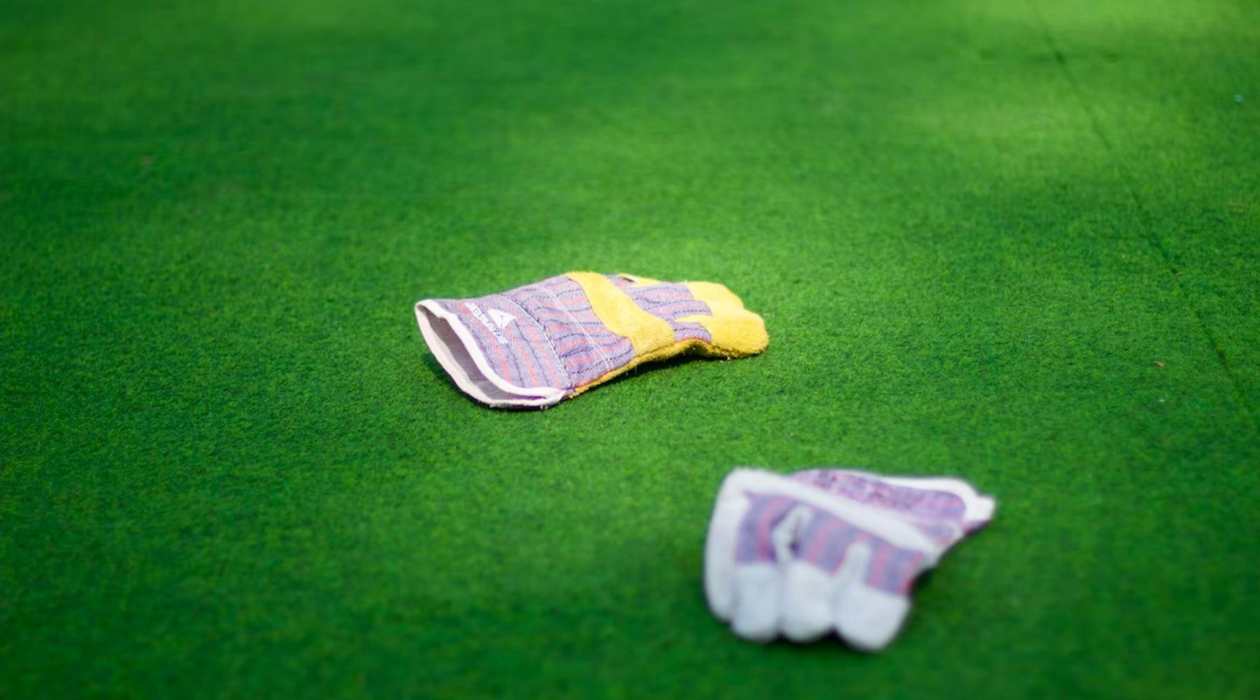
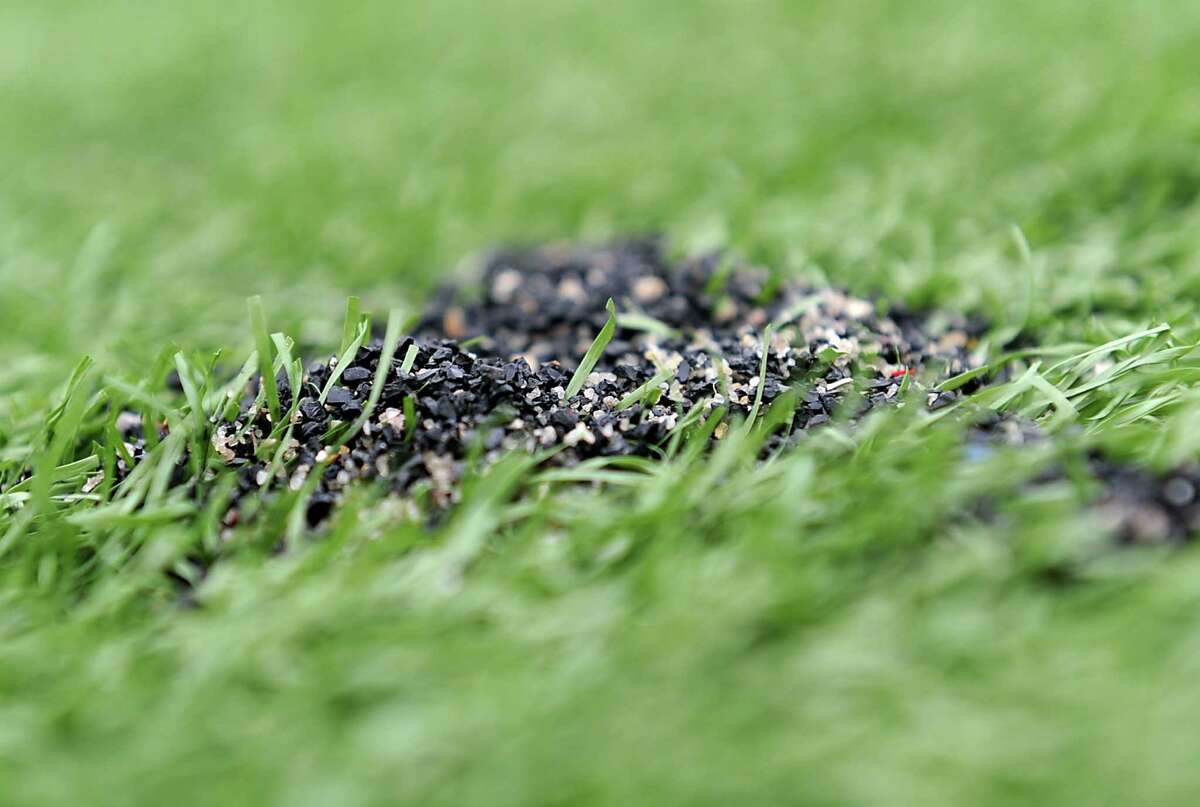
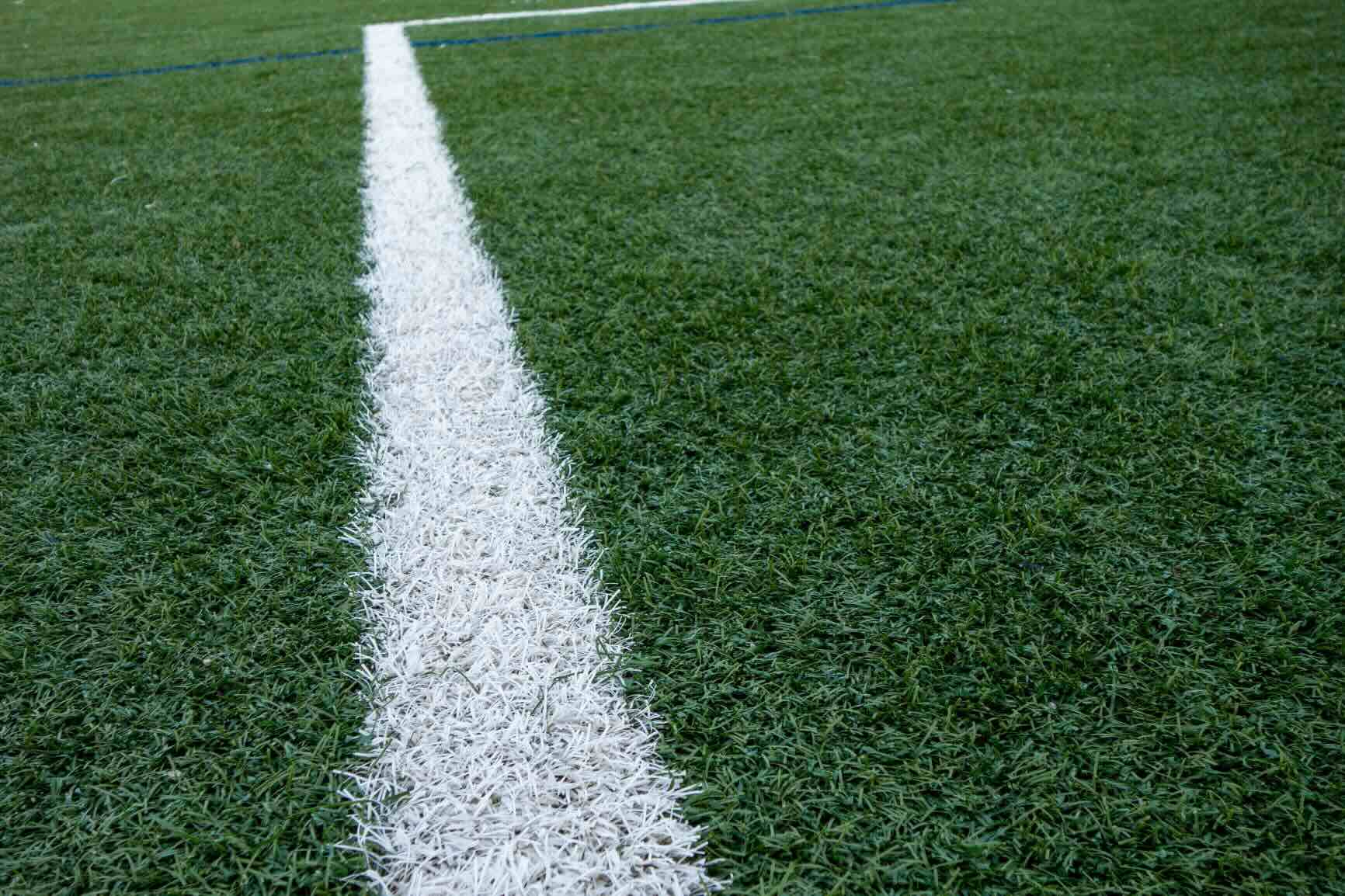
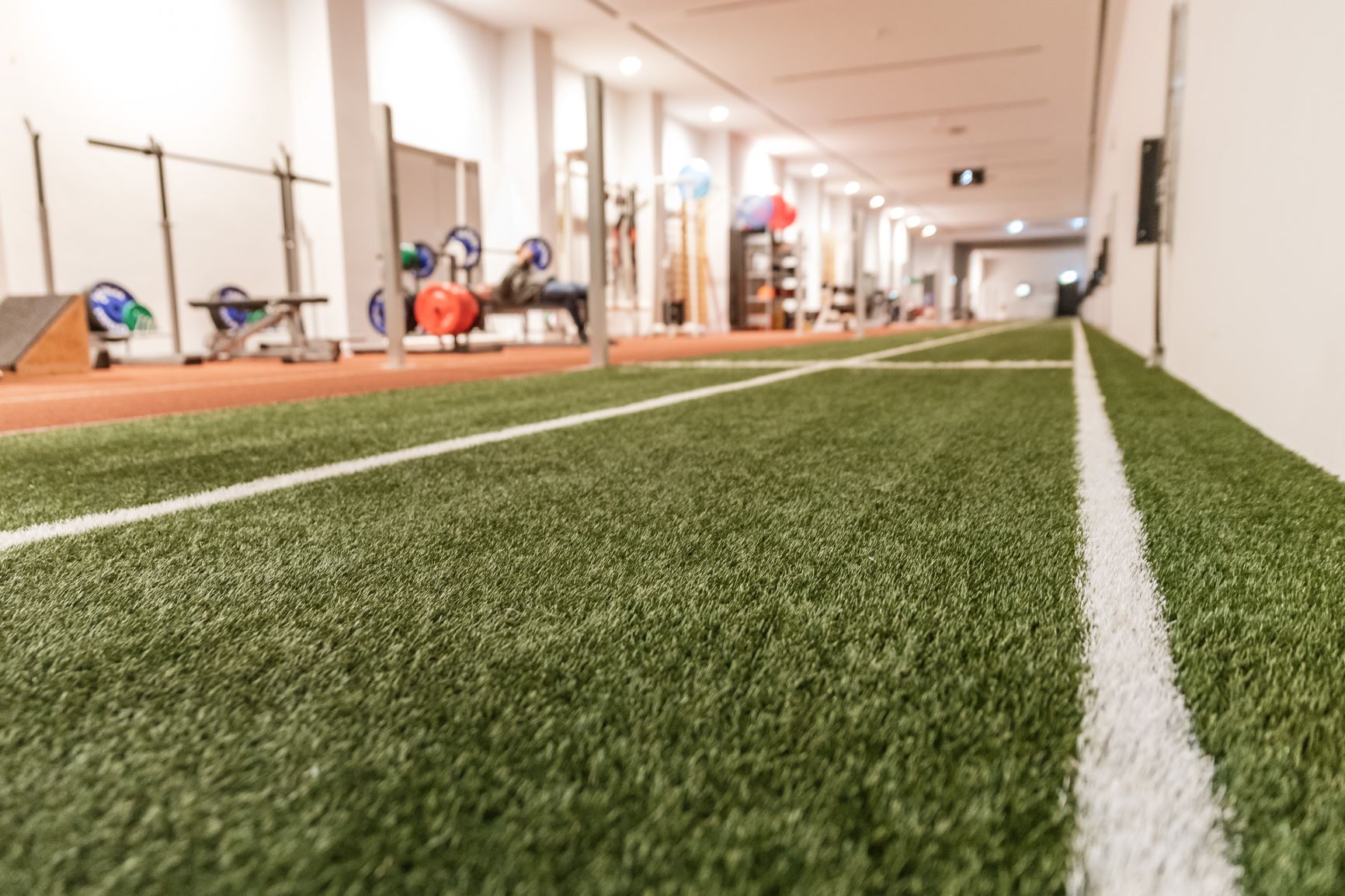
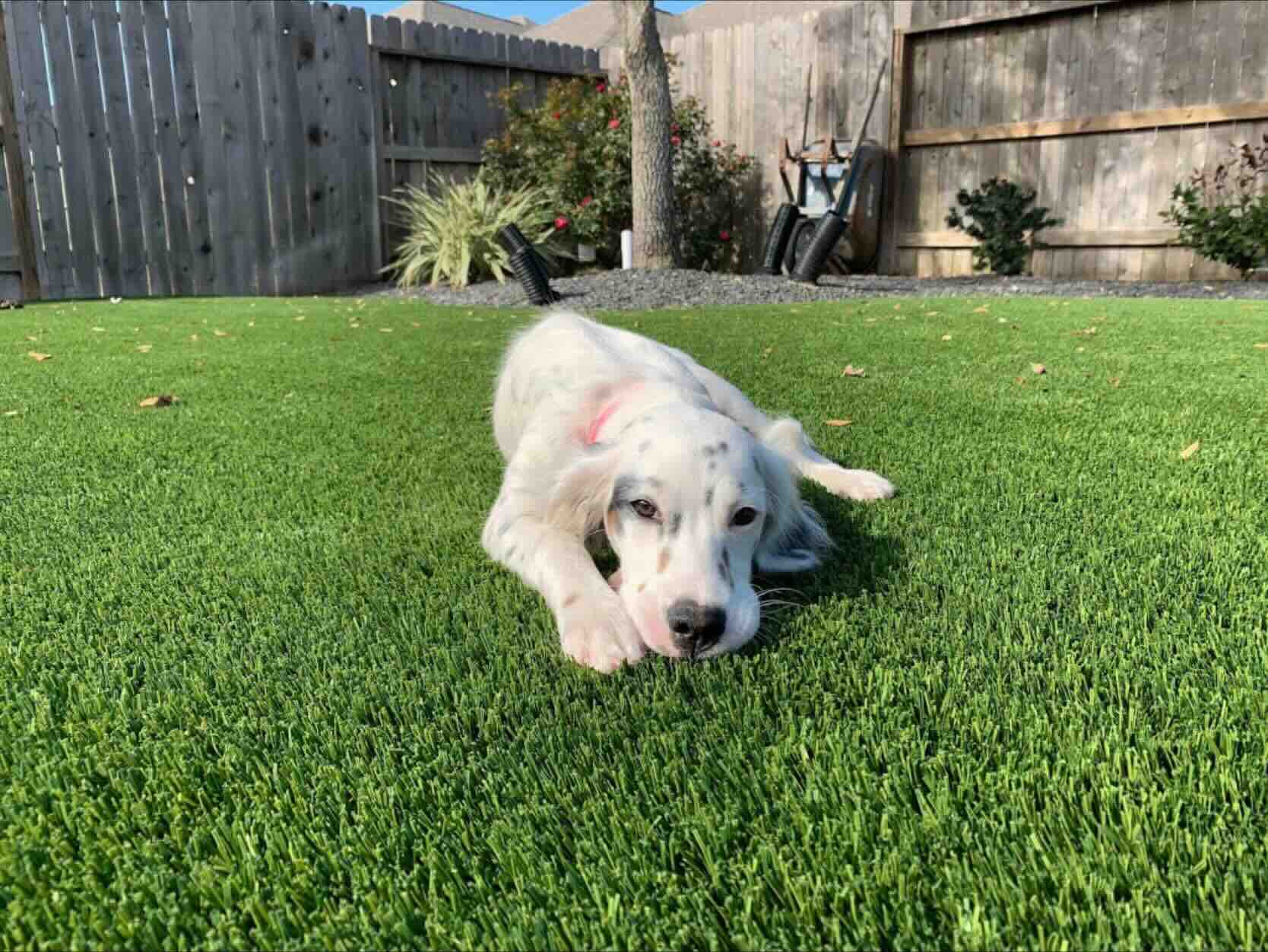
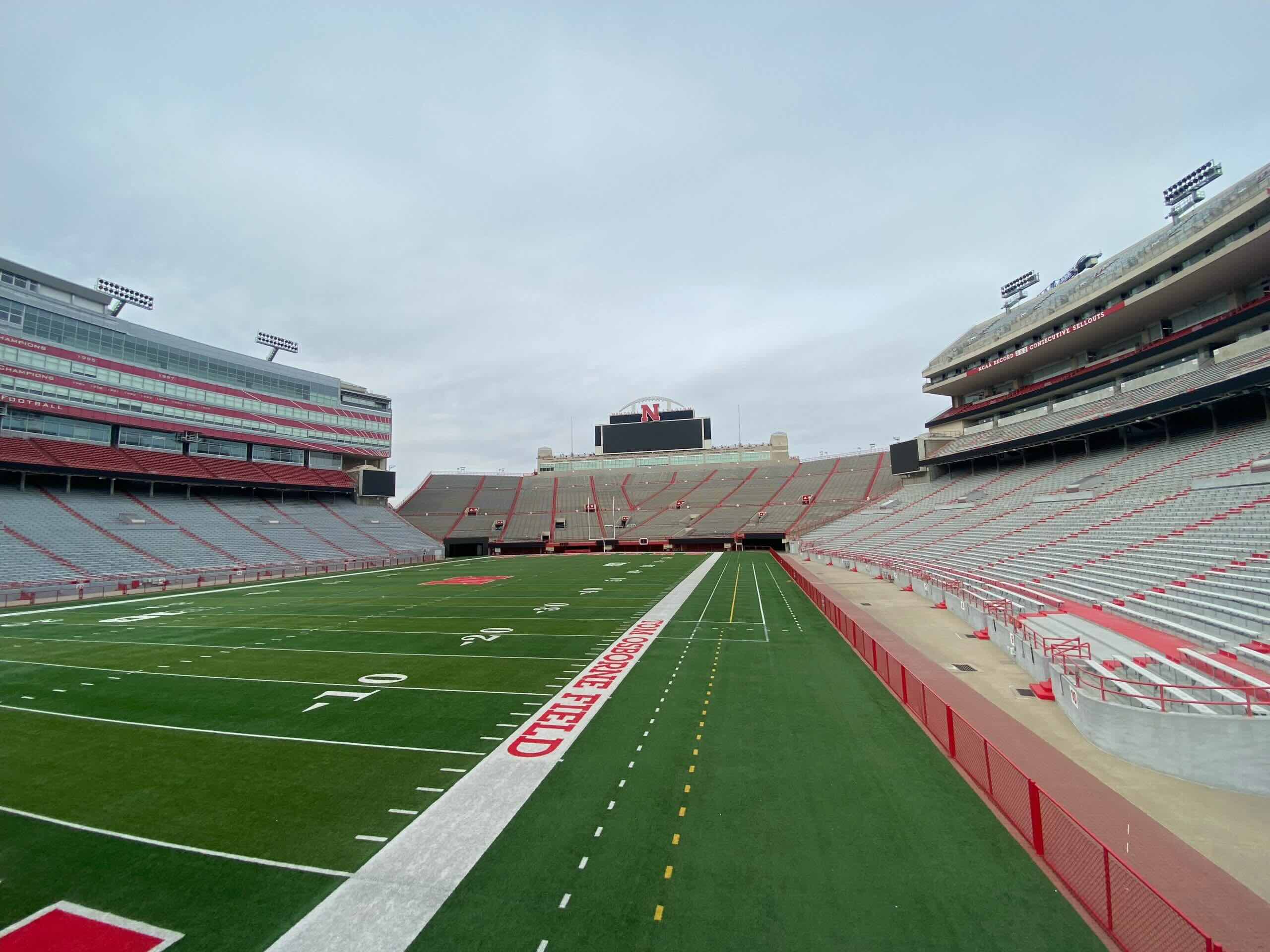
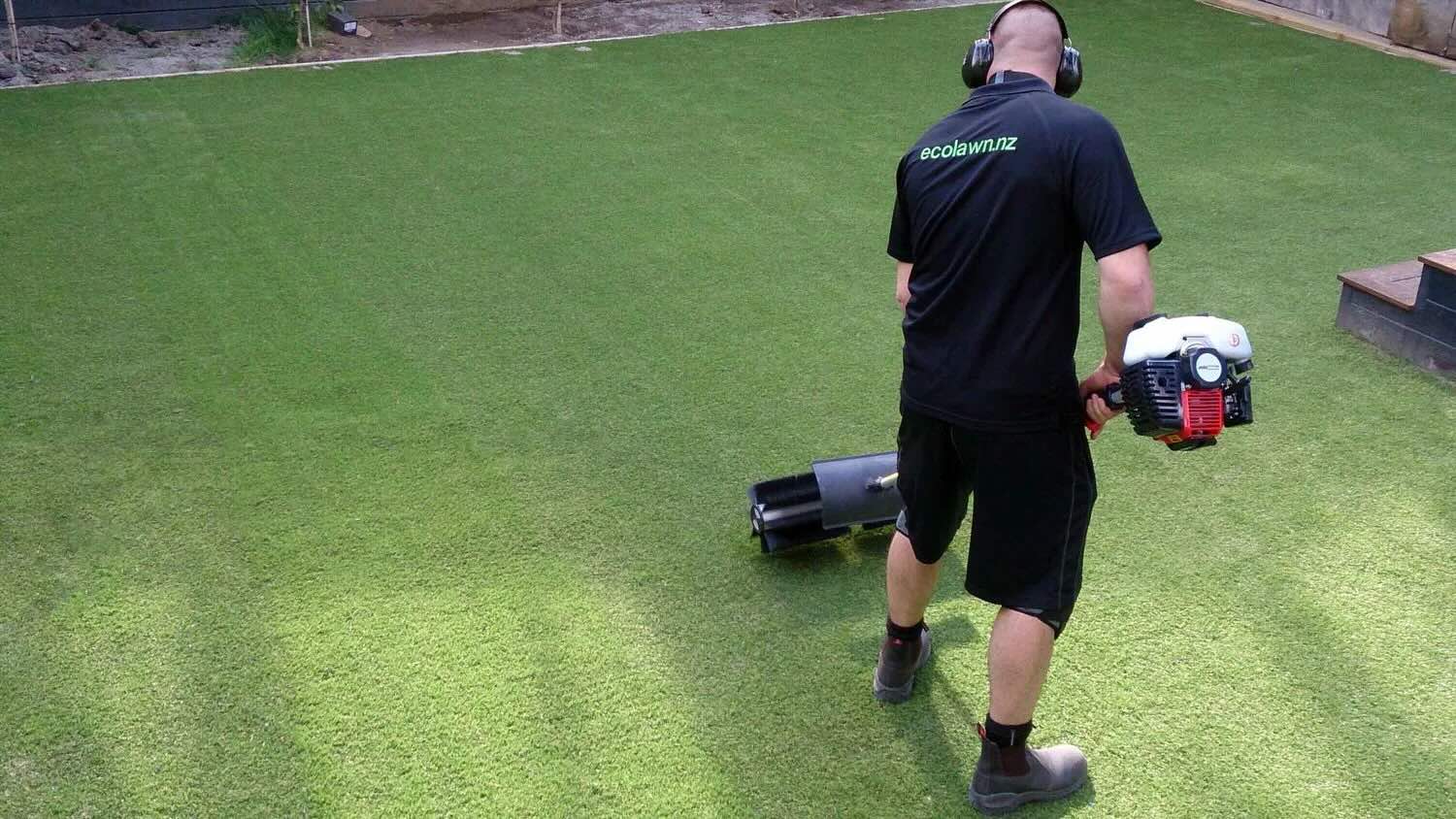
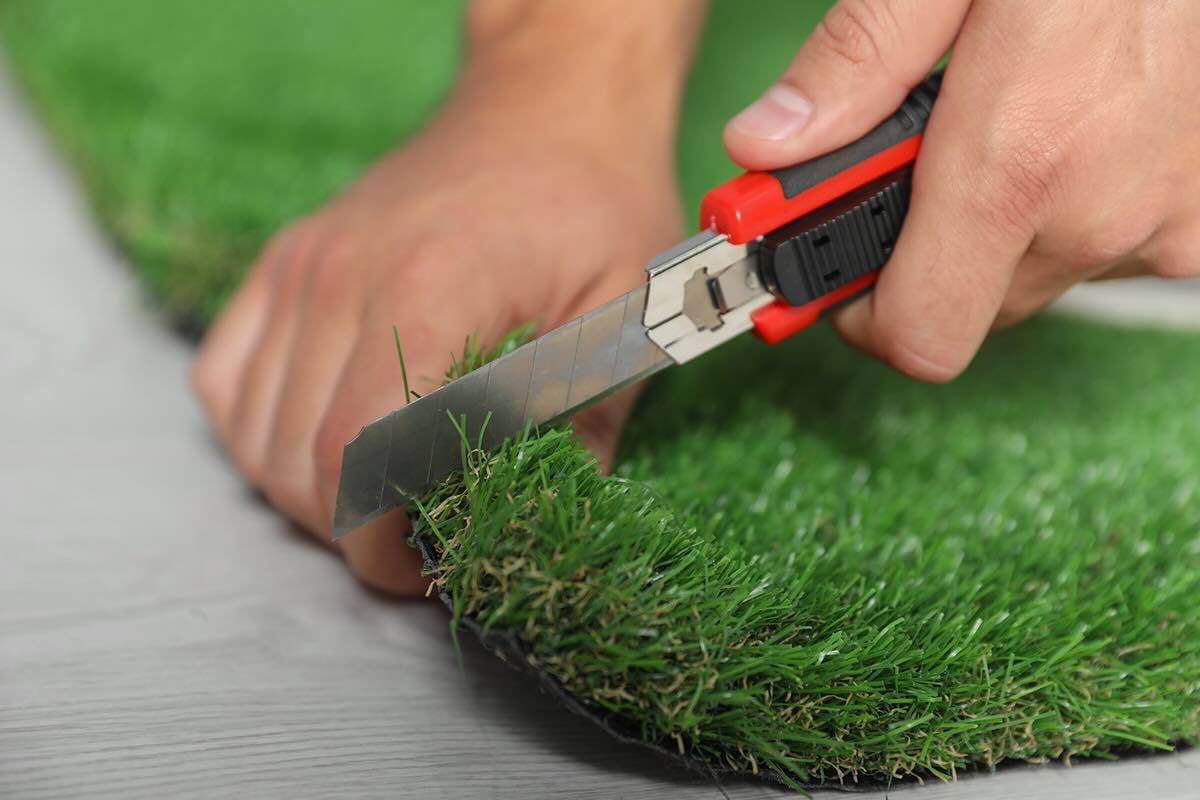
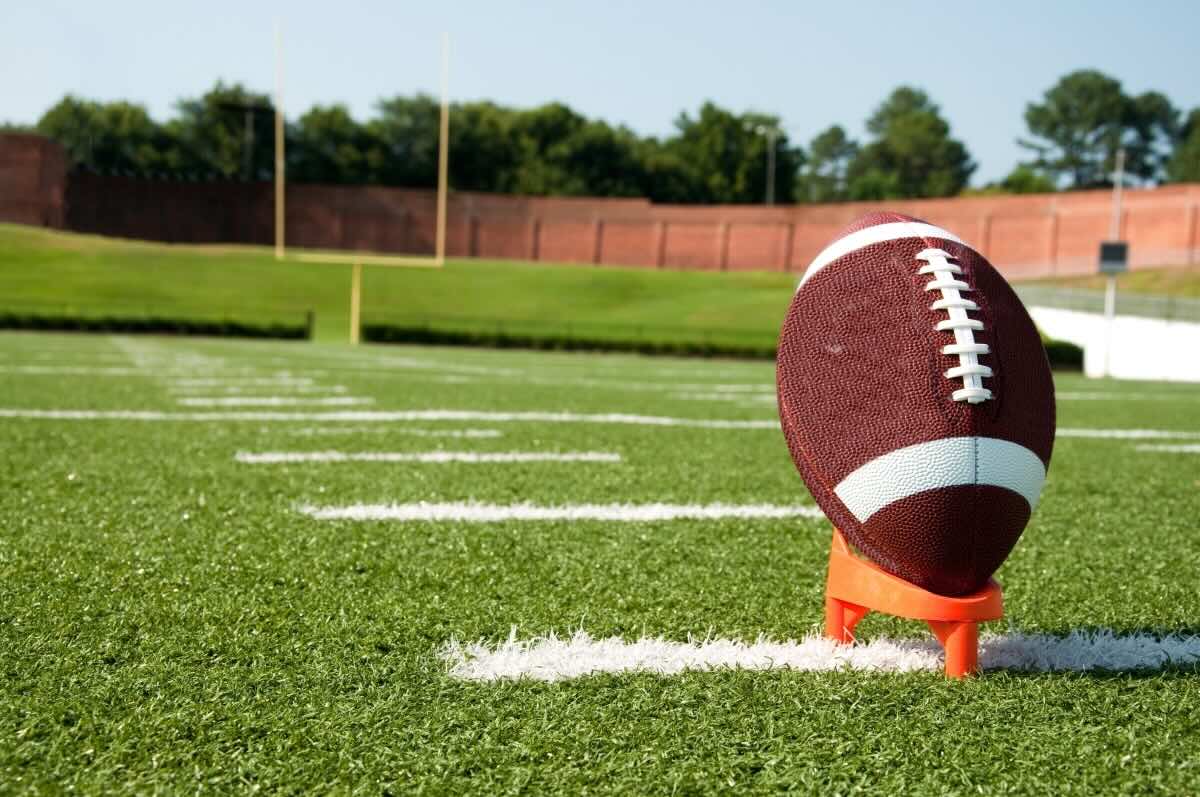
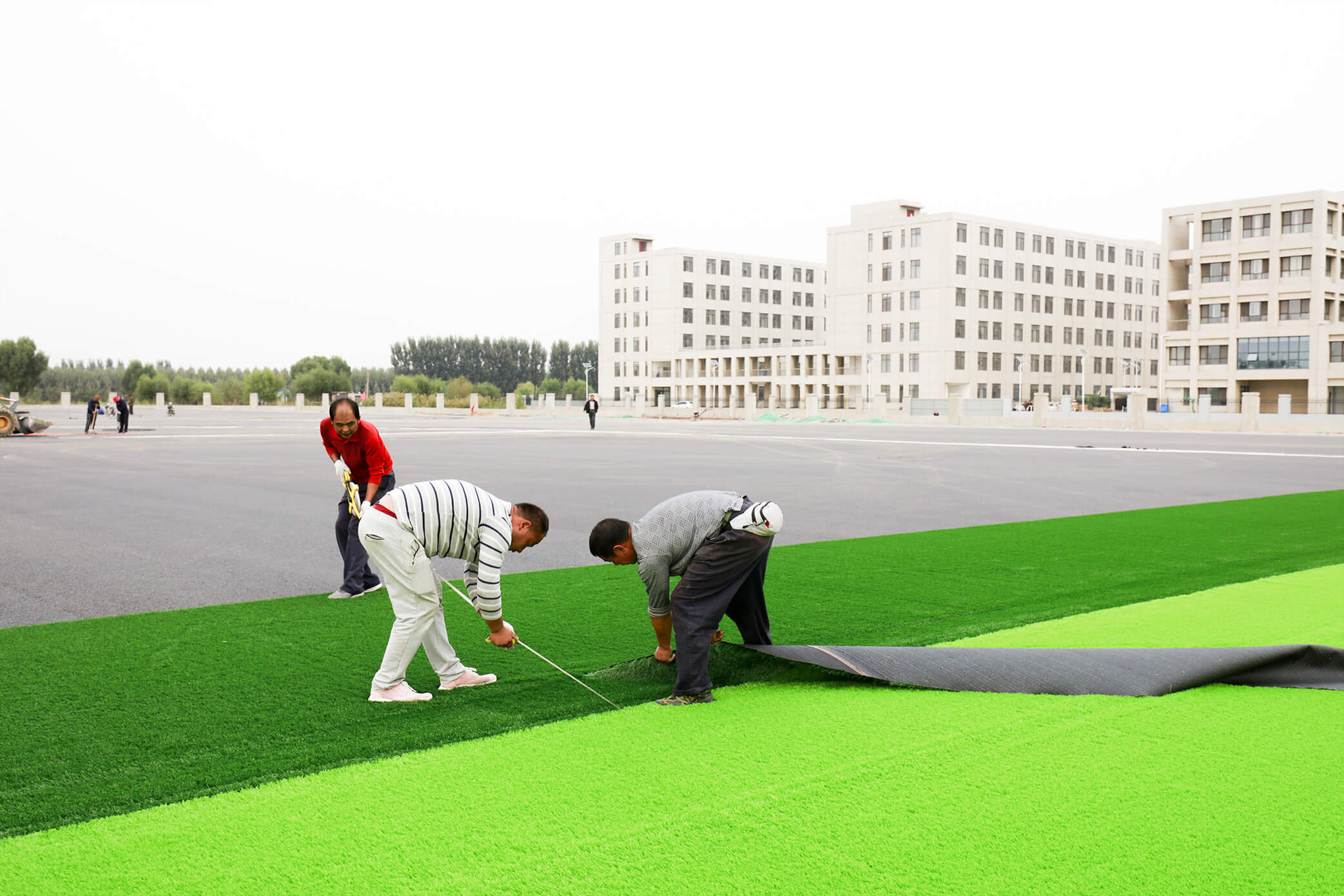
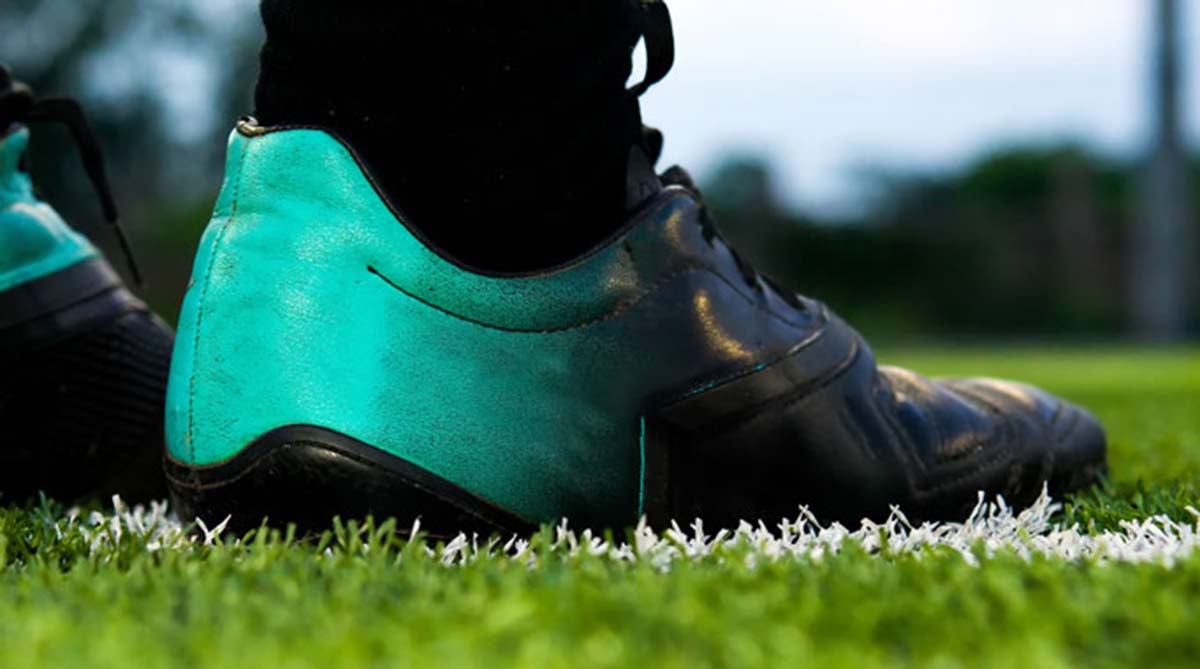
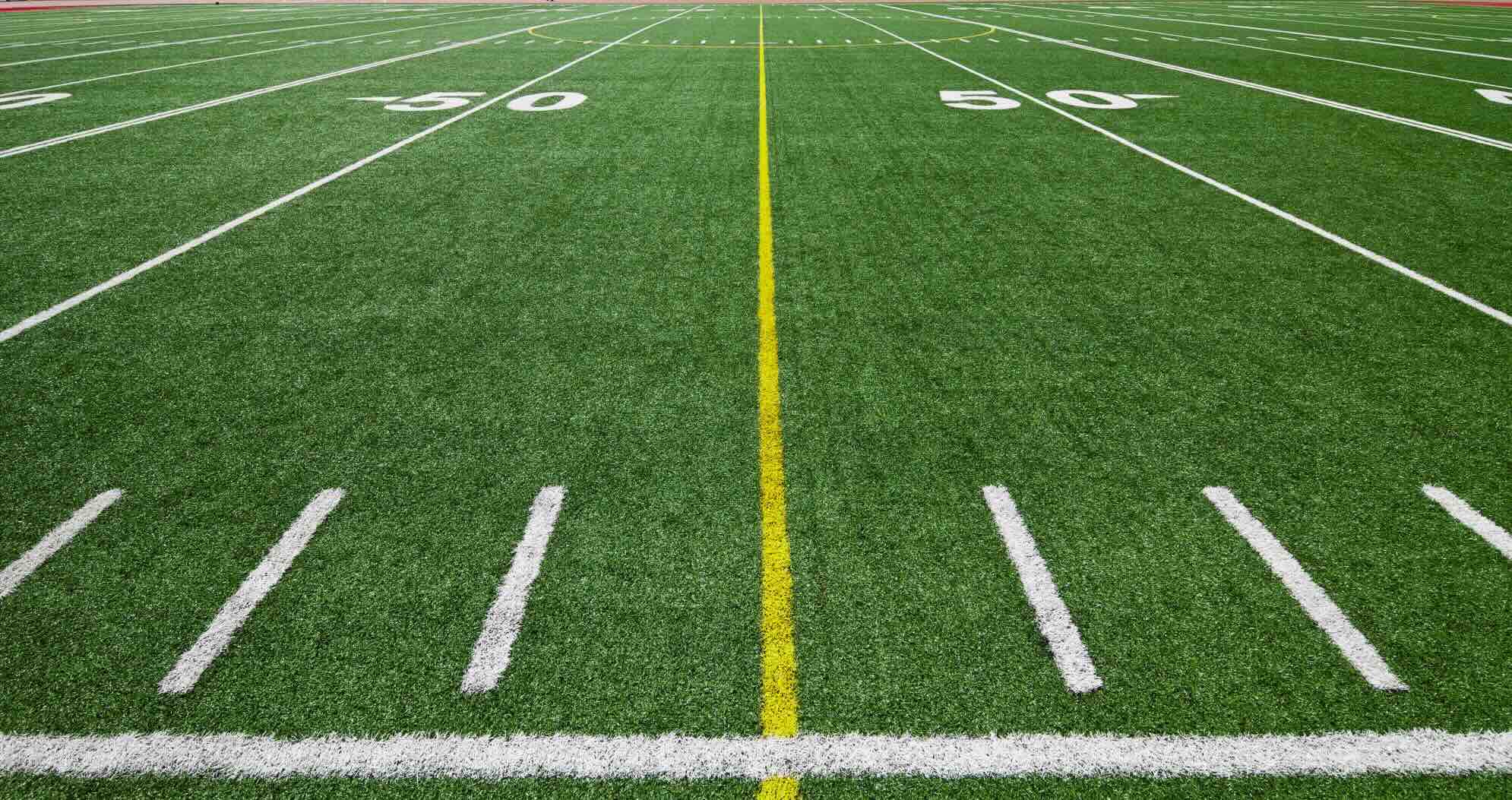
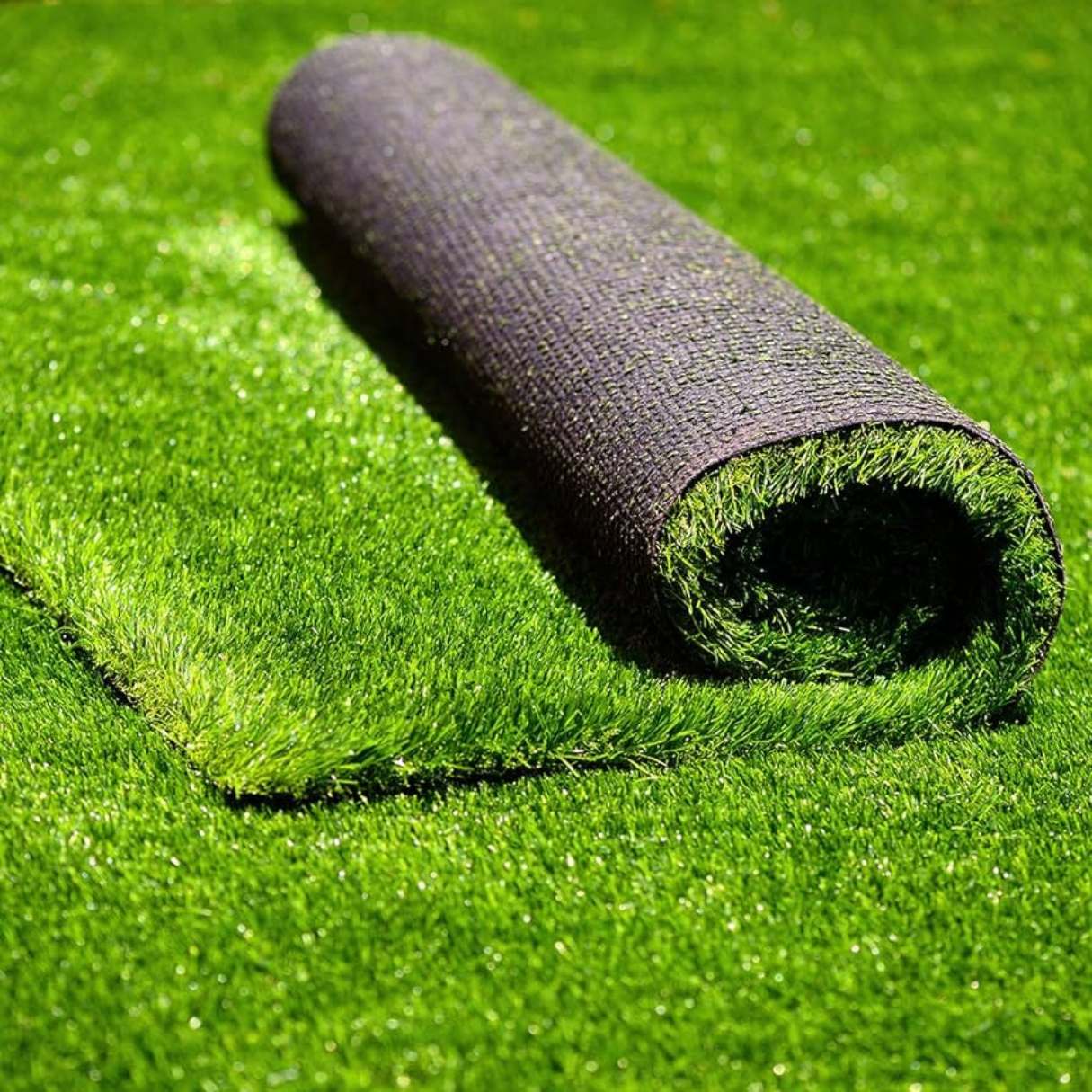

0 thoughts on “What Are The Alternatives To Astro Turf?”